Ever noticed how travel photos always show the same perfect moments – Venice in summer, New England in fall, the Caribbean in winter? While these peak seasons have their charms, savvy travelers know that sometimes the best experiences come when everyone else has gone home.
From lower prices and shorter lines to unique natural phenomena and local festivals, off-season travel offers rewards that peak-season visitors never get to experience.Let’s explore destinations that reveal their true magic when you dare to visit at the ‘wrong’ time.
Venice in Winter
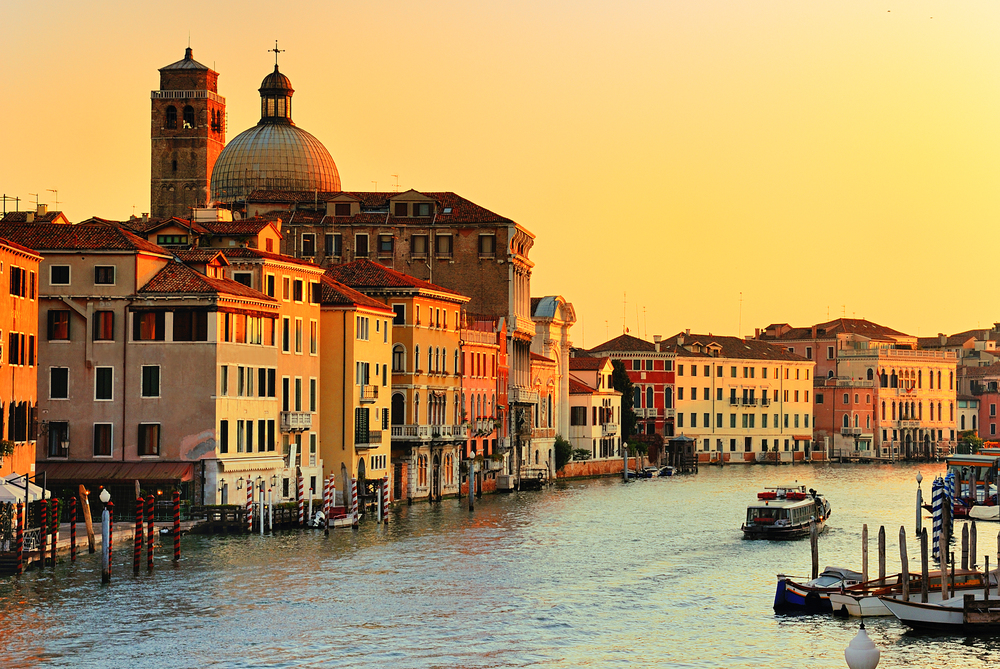
The city of canals transforms during winter months when misty mornings create an ethereal atmosphere that photographers dream about. Without summer crowds, you can actually hear your footsteps echo through ancient squares and take gondola rides without competing with dozens of other boats.
Local restaurants offer winter menus featuring seasonal specialties rarely seen during tourist season, and hotels often provide upgrades due to lower occupancy. The famous acqua alta (high water) creates surreal scenes as locals and visitors navigate raised walkways above the flooded squares.
Yellowstone in Fall

After summer, crowds depart, but before winter closes most roads, the park enters a magical period of transformation. Wildlife becomes more active as animals prepare for winter, making it easier to spot bears, elk, and wolves against the golden autumn landscape.
Geothermal features create dramatic steam displays in the crisp morning air, and photographers can capture them without fighting through crowds. The combination of fall colors and thermal steam creates otherworldly scenes unique to this season.
Like Travel Pug’s content? Follow us on MSN.
Greek Islands in Spring
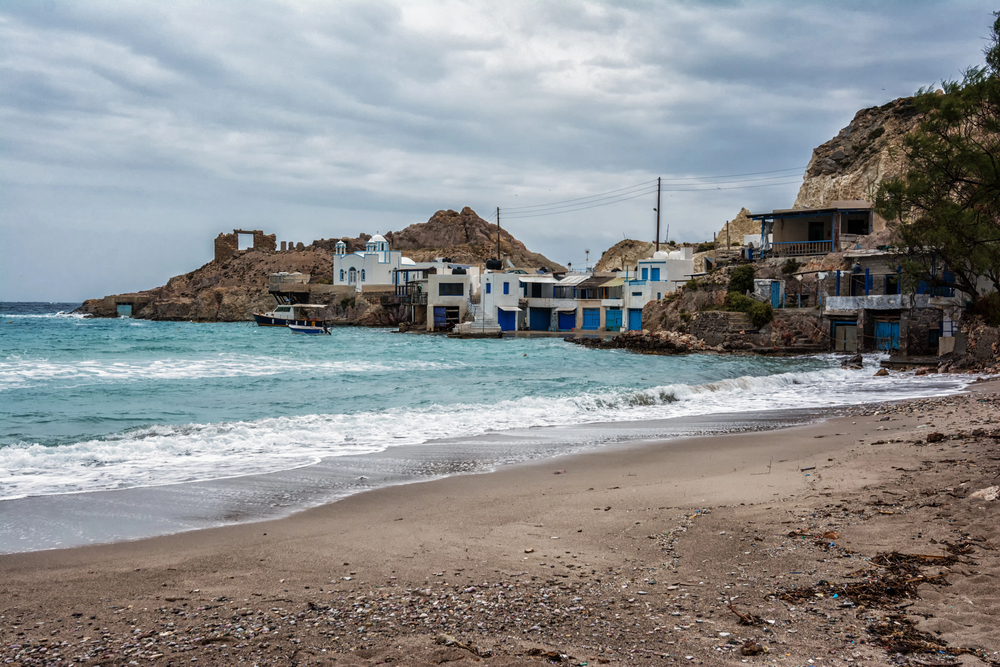
Before summer tourists arrive, the islands burst with wildflowers and traditional Easter celebrations. Local festivals showcase authentic traditions that are often toned down during peak season, and beaches offer perfect solitude for long walks.
Hotels and restaurants maintain a more relaxed atmosphere, allowing for genuine connections with residents. The moderate temperatures make it ideal for hiking ancient paths between villages.
Sahara Desert in Winter

The world’s largest desert becomes comfortably accessible during winter months when daytime temperatures drop to pleasant levels. Star visibility reaches its peak during clear winter nights, and guides can spend more time explaining celestial navigation techniques used by ancient travelers.
Traditional nomadic camps offer longer stays than possible during hot months, allowing deeper cultural experiences. The winter light creates perfect conditions for photography, especially during golden hour.
Thailand in Green Season
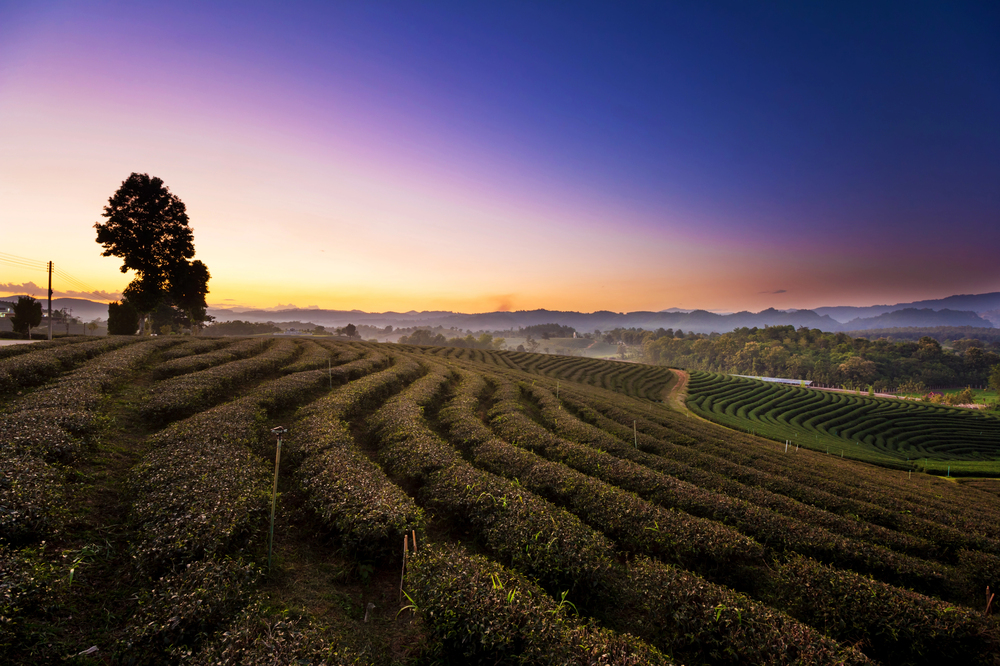
The so-called ‘rainy season’ brings lush landscapes and dramatic skies that transform temple photos into masterpieces. Brief afternoon showers create perfect breaks for enjoying traditional tea houses and learning about local culture from residents who have more time to chat.
Waterfalls reach their most spectacular flows, and forests burst with life, including rare orchids that only bloom during this season. Hotel upgrades often come automatically due to lower occupancy rates.
Like Travel Pug’s content? Follow us on MSN.
Iceland in Summer

While winter draws crowds for the Northern Lights, summer offers the unique experience of the midnight sun and access to highland regions closed at other times of the year. Puffins return to coastal cliffs, and wildflowers carpet lava fields in unexpected bursts of color.
Hiking trails through remote areas become accessible, revealing landscapes few winter visitors ever see. Traditional festivals celebrate the endless daylight with all-night events that showcase local culture.
Australian Outback in Winter

The cooler temperatures make it possible to explore during daytime hours without the extreme heat of summer. Wildlife becomes more active and visible, gathering around permanent water sources that create perfect observation points.
Aboriginal guides offer longer walking tours explaining traditional bush tucker (food) and medicine, which is harder to appreciate during hot months. The clear winter skies create perfect conditions for stargazing and learning about aboriginal astronomy.
Costa Rica in Green Season

The afternoon rains create perfect wildlife viewing opportunities as animals become more active during dry morning hours. Waterfalls and rivers reach their most spectacular levels, making white water rafting especially exciting.
The lush landscapes offer better backdrops for photography than during the dry season, and fewer tourists mean more intimate wildlife encounters. Hotels often offer significant discounts despite this being one of the most beautiful times to visit.
Like Travel Pug’s content? Follow us on MSN.
Scottish Highlands in Winter

The rugged landscape takes on a dramatic character with snow-capped peaks and moody skies perfect for photography. Historic castles offer cozy tours focusing on traditional winter activities and folklore, often including whisky tastings by roaring fires.
Wildlife like red deer and mountain hares in winter coats become easier to spot against the snow. Traditional music sessions in pubs have become more authentic, with fewer tourists and more local participants.
Bali in Shoulder Season

Between peak seasons, the island reveals a more authentic face with traditional ceremonies and daily life more visible to visitors. The slightly lower humidity makes temple walks and rice terrace hikes more comfortable, while occasional showers create dramatic photo opportunities.
Hotels offer better rooms and more personalized service due to lower occupancy. Cultural classes like cooking and crafts become more intimate with smaller groups.
Morocco in Late Winter

The desert experiences perfect temperatures for extended exploration, while snow on the Atlas Mountains creates stunning backdrops. Traditional markets maintain their local character with fewer tourists, offering better opportunities for authentic shopping experiences.
The clear winter light makes photography especially rewarding, particularly during golden hour in ancient medinas. Many riads offer their best rooms and more personalized experiences during this quieter season.
Like Travel Pug’s content? Follow us on MSN.
New Orleans in the Fall

After summer crowds depart but before winter festivals begin, the city reveals its authentic character to visitors. Local music venues offer more intimate experiences, often with better opportunities to meet performers between sets.
The comfortable temperatures make walking tours more enjoyable, while garden districts show off unique fall blooms. Restaurant reservations become easier to secure at famous establishments, often with better service.
Japanese Alps in Spring

Before summer hiking crowds arrive, mountain towns celebrate the end of winter with unique festivals and events. Snow still caps the highest peaks while cherry blossoms bloom in the valleys, creating stunning photo opportunities.
Traditional ryokans offer better rooms and more personalized service during this transition season. Local guides have more time to share detailed cultural information and secret spots with visitors.
Tuscany in Late Fall
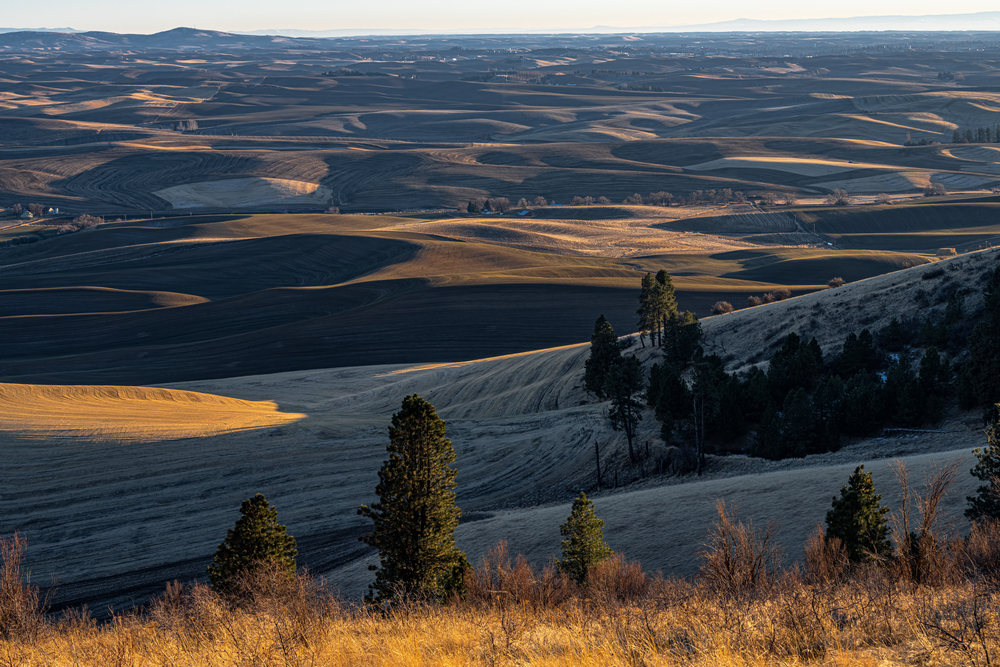
After the grape harvest but before winter, the region celebrates the olive harvest and truffle hunting seasons. The golden light and morning mists create perfect conditions for landscape photography, especially in hilltop towns.
Local restaurants offer seasonal specialties rarely seen during peak tourist months, often with better table availability. Wine tastings have become more educational, with vintners having more time to explain their processes.
Like Travel Pug’s content? Follow us on MSN.
Galapagos in Shoulder Season

Between peak wildlife viewing periods, the islands offer unique opportunities to observe different species and behaviors. The slightly cooler waters actually attract more marine life in some areas, creating excellent snorkeling conditions.
Hotels and boats offer better rates and more flexibility with itineraries during these periods. Local guides have more time to share detailed information about the island’s unique ecosystems.
Netherlands in Spring
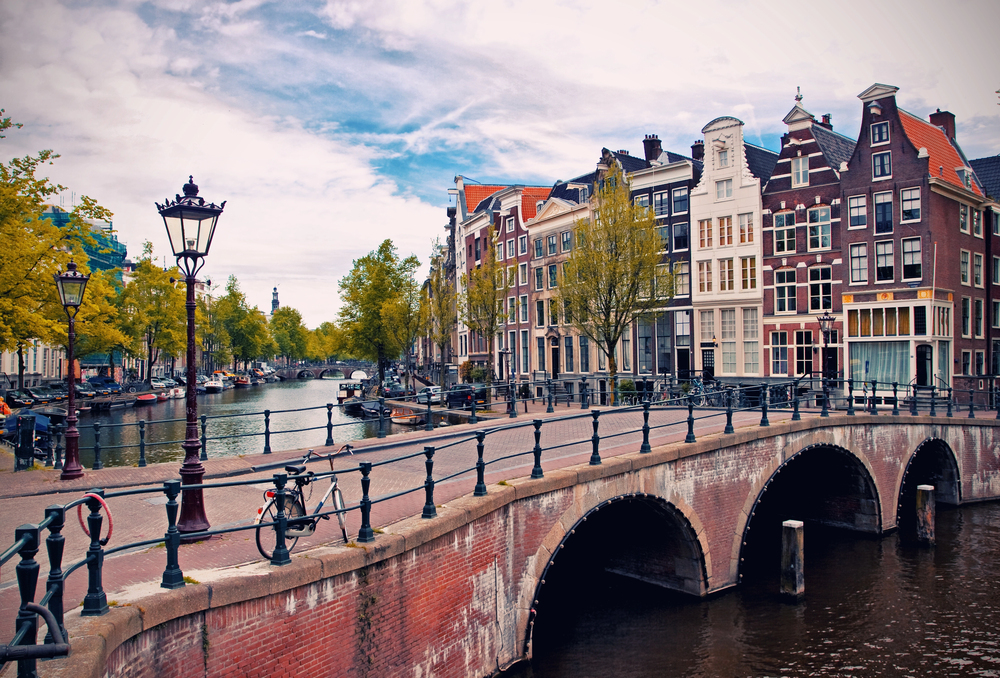
Before summer crowds arrive, tulip fields burst into color while temperatures remain comfortable for cycling adventures. Traditional cheese markets maintain their authentic character with fewer tourists present to observe age-old trading practices.
Canal tours become more intimate with better opportunities to learn about local history and culture. The famous gardens offer perfect photo opportunities without summer crowds.
Bhutan in Winter
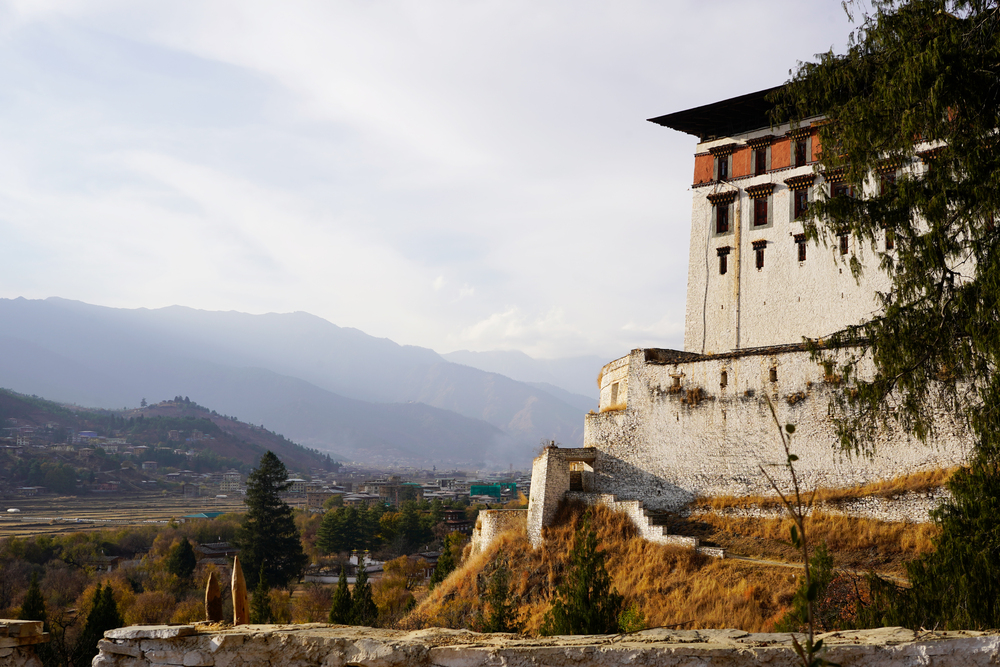
The clear winter skies offer the best views of Himalayan peaks, while fewer tourists mean more authentic experiences at monasteries. Traditional hot stone baths and warming foods become part of the cultural experience rather than tourist attractions.
Festivals during this season maintain their traditional character with fewer visitors present. Photography conditions reach their peak with clear mountain light and dramatic landscapes.
Like Travel Pug’s content? Follow us on MSN.
Provence in Early Spring
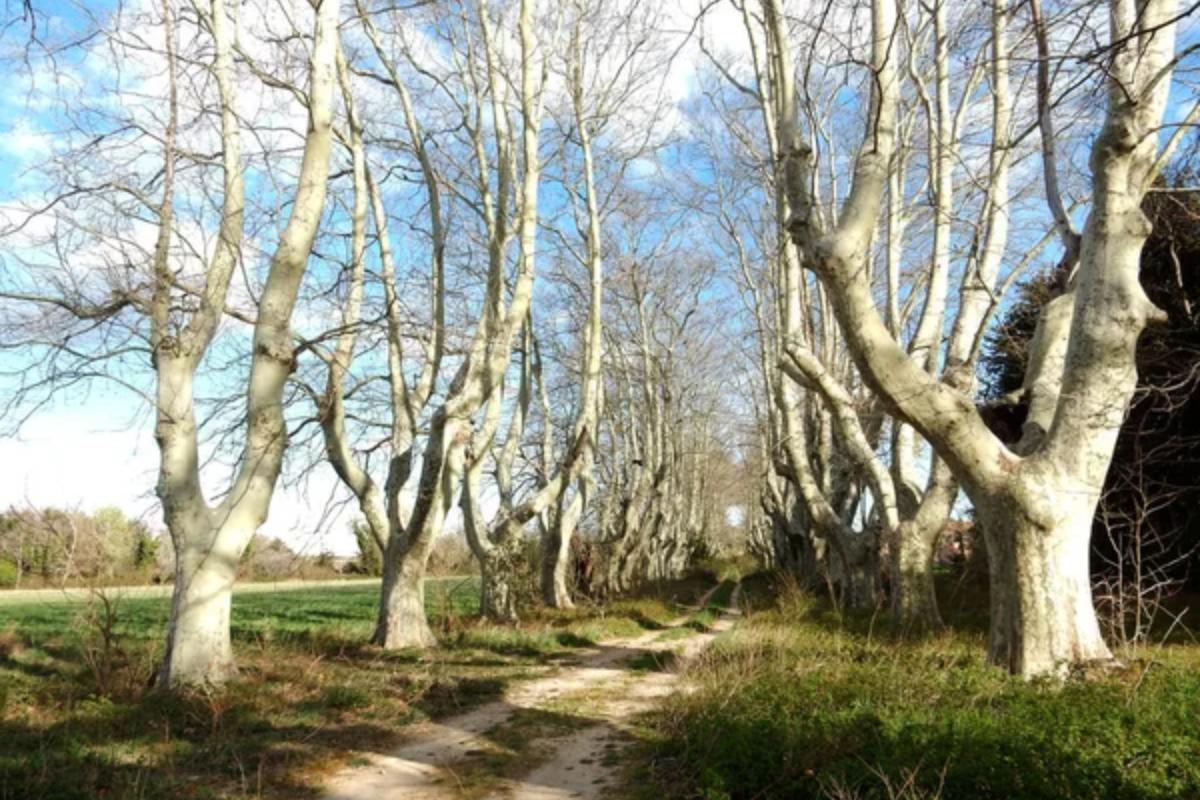
Before lavender blooms draw crowds, almond blossoms and wildflowers carpet the countryside in subtle colors. Local markets maintain their authentic character, with seasonal produce and traditional products taking center stage.
Artists and photographers find perfect light conditions without summer haze, especially in historic hilltop villages. Traditional restaurants offer seasonal menus featuring dishes rarely seen during tourist season.
Amazon in Dry Season

Lower water levels create better conditions for wildlife viewing as animals concentrate around remaining water sources. Hiking trails through the rainforest become accessible, offering opportunities to explore areas unreachable during the wet season.
Traditional communities have more time to share their culture and knowledge with visitors. River beaches emerge, creating unique landscapes rarely seen by peak-season visitors.
Canadian Rockies in the Fall
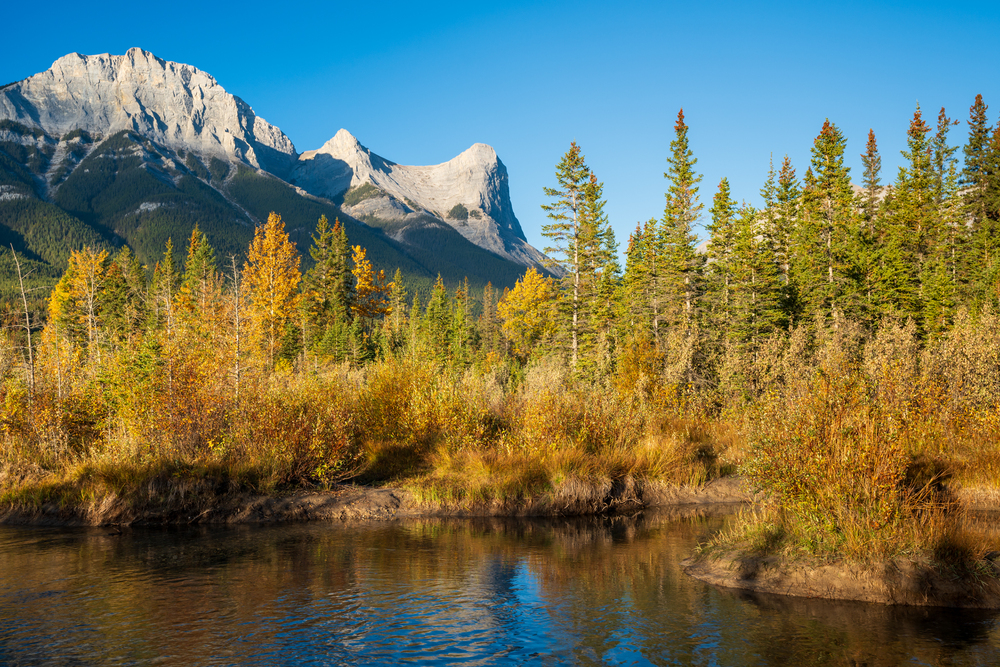
After summer crowds depart but before ski season begins, the mountains offer perfect conditions for wildlife viewing and photography. Larch trees turn golden, creating a stunning contrast against early snow on the peak, while crowds thin at popular viewpoints.
Traditional lodges offer their best rooms and more personalized service during this quiet season. Local guides have more time to share secret spots and detailed information about the ecosystem.
Like Travel Pug’s content? Follow us on MSN.
Embracing the Off-Season
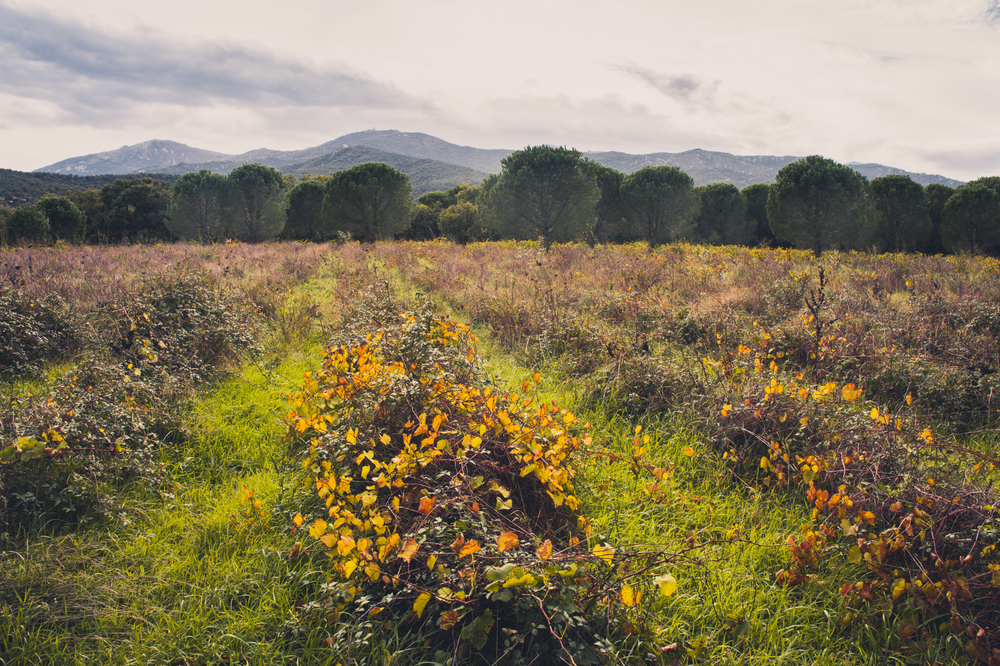
The magic of off-season travel lies not just in avoiding crowds and saving money but in experiencing destinations as they truly are. These quieter times offer opportunities for deeper connections with local cultures, unique natural phenomena, and more authentic experiences.
While it might take more research and flexibility to plan an off-season trip, the rewards often far outweigh any minor inconveniences. Remember that every destination has its own rhythm – sometimes, the best experiences come when you step out of the expected timeline and discover a place on its own terms.
More from Travel Pug

- 15 Dangerous European Cities to Avoid
- 15 Caribbean Islands Where Tourists Keep Getting Scammed
- The 20 Most Fascinating Abandoned Places: A Journey Through Time and Forgotten Spaces
- 15 Hidden Places in the Smithsonian Museums Locals Love: A Guide to Lesser-Known Treasures
- 16 Hidden Florida Beach Towns That Aren’t Overrun with Tourists
Like Travel Pug’s content? Follow us on MSN.
